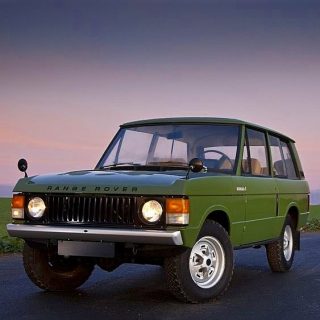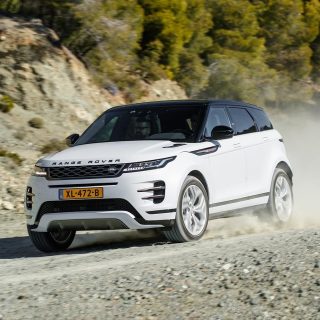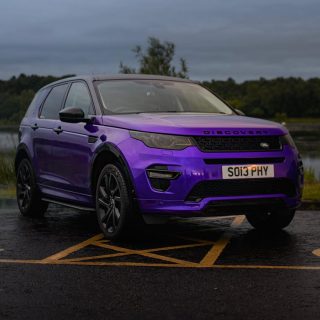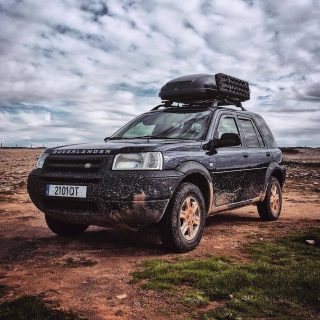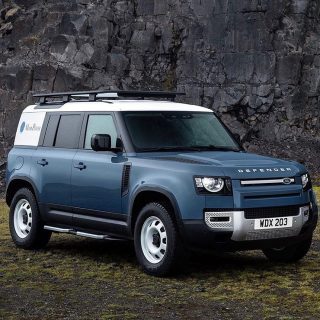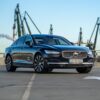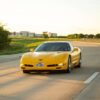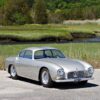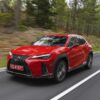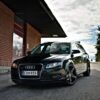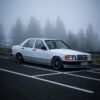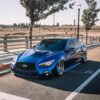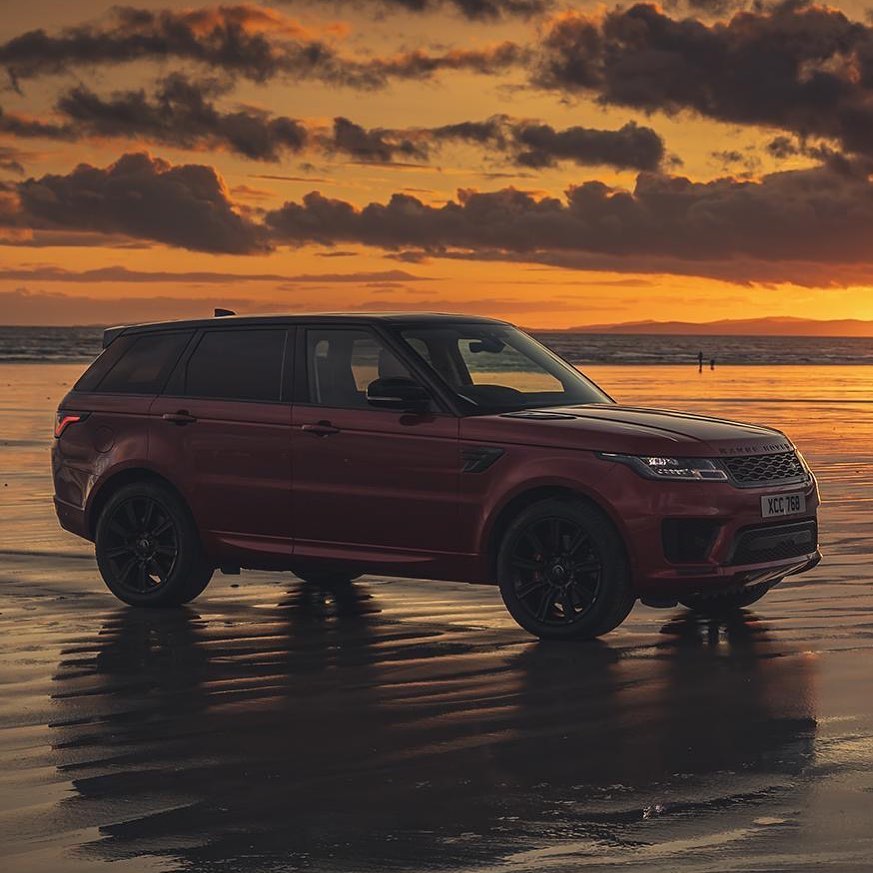
Quick information
🏎️ Land Rover Range Rover Sport facelift 2017
📍 United Kingdom
🛠️ “SD4” 4-cylinder 2.0 400NM 240HP
💨 8,3 seconds
🔝 206km/h
💶 74.000€ in Europe
💵 60.500$ in the United States
What is it?
Announced in 2013, the Land Rover Range Rover Sport 2nd gen. is a luxury off-road vehicle inspired by the even more exclusive original Range Rover. It fits into a category of prestige cars that are currently used more as everyday cars than for off-road vehicles, such as the Audi Q7, the Mercedes GLE and the BMW X7. The second-generation Range Rover Sport follows the aesthetic style of the 2011 Evoque and shares part of its mechanics with the 2014 Discovery. The configurations available are with 5 or 7 seats.
Design
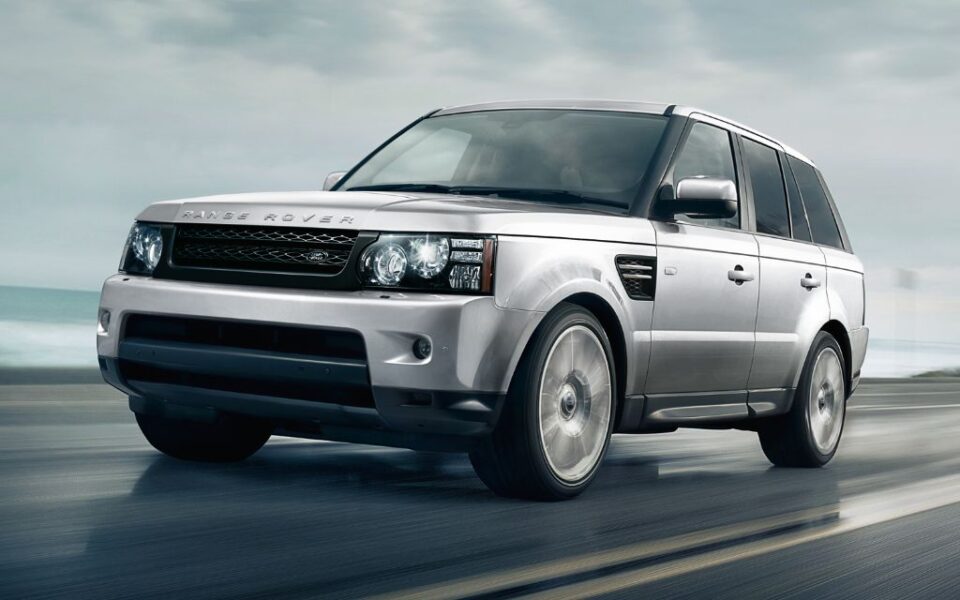
The lines are more delicate and less edgy than before. This has allowed the car to obtain greater acclaim from the European public, generally looking for cars with a modern aesthetic and suitable for the urban environment. The new design allows the car to have a very low Cx of 0.34. 4,85 meters long and 1,98 meters wide, this second generation has increased in all dimensions, except for the height of 1,78 meters, a decrease of 4 centimeters compared to the first. The car is also around 450 kilos lighter than its predecessor.
Interior
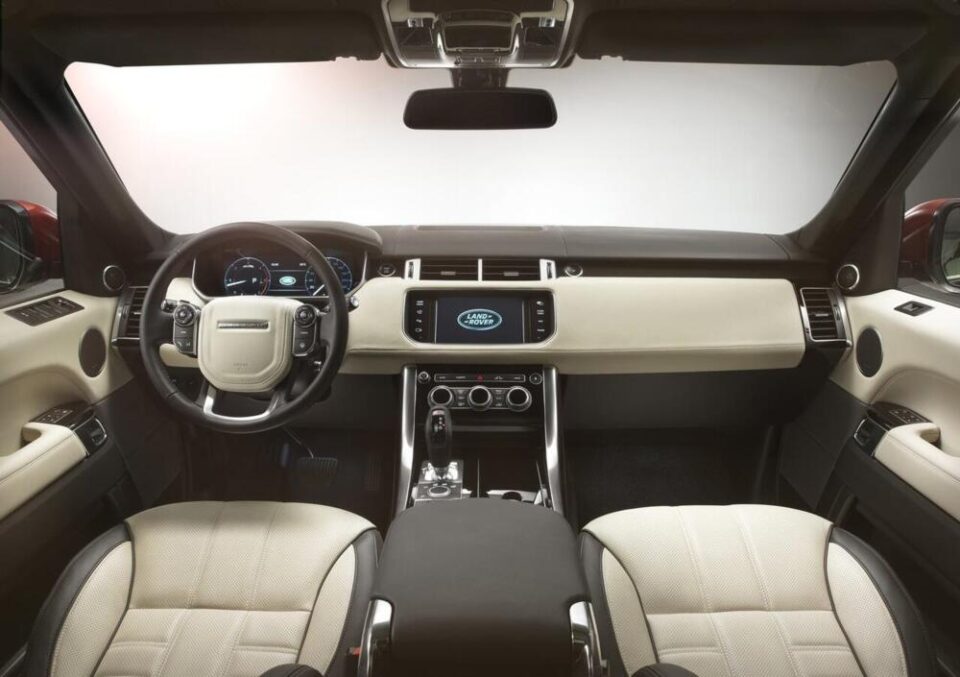
Thanks to a wheelbase that is 18 centimeters longer, the 2nd gen. of the Sport benefits from large interior spaces delimited by high-quality finishes. In fact, it is possible to customize the car with different materials in order to best suit your tastes. The infotainment is also no exception: the central display can equip very useful technologies such as parking sensors with a wide-angle camera.
Mechanics
There are two petrol engines (V6 3.0 340HP and V8 5.0 510HP) and two diesel engines (two V6 3.0s, one of 258 and the other of 292HP). The gearbox is automatic and the traction AWD in all configurations. The most powerful variants can be equipped with Brembo brakes on request.
Evolution
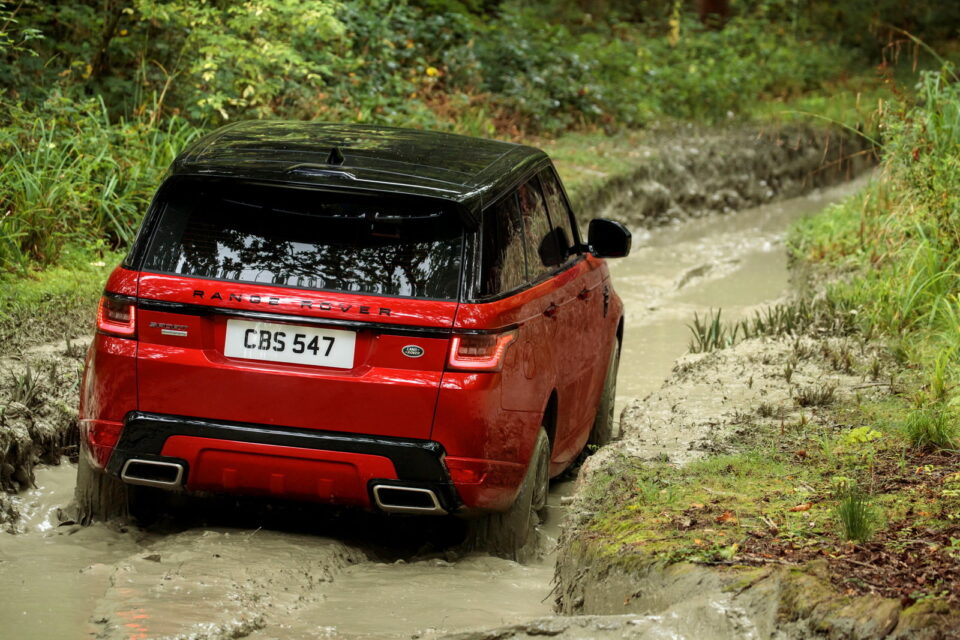
The Range Rover sport underwent a substantial restyling in 2017. On the outside, the car takes on details from the Velar, including larger air intakes and a thinner grille, as well as improved technologies such as the new Matrix LED headlights.
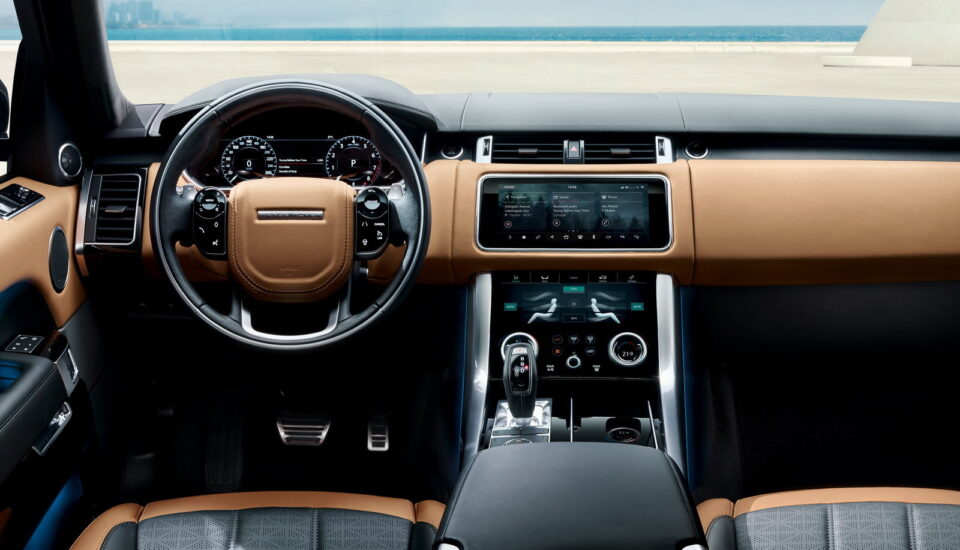
Inside, the cockpit is no longer analog, but consists of a customizable 12-inch display intended exclusively for the driver. The main LCD screen remains unchanged, but below it there is now another brand new display of similar size intended for air conditioning control and little else. There are also more complex options than before, such as automatic braking in an emergency and recognition of traffic signs. The engine range remained similar, but a new base model (2.0 240HP or 300HP, both AWD) and a 400HP Mild-Hybrid codenamed “P400” debuted (read “Special editions” paragraph below to know more about the P400). In 2019, less performing hybrid variants also debuted, namely the P300 (four-cylinder 2.0 300HP), the P350 (V6 3.0 350HP) and the P360 (V6 3.0 360HP).
Special editions
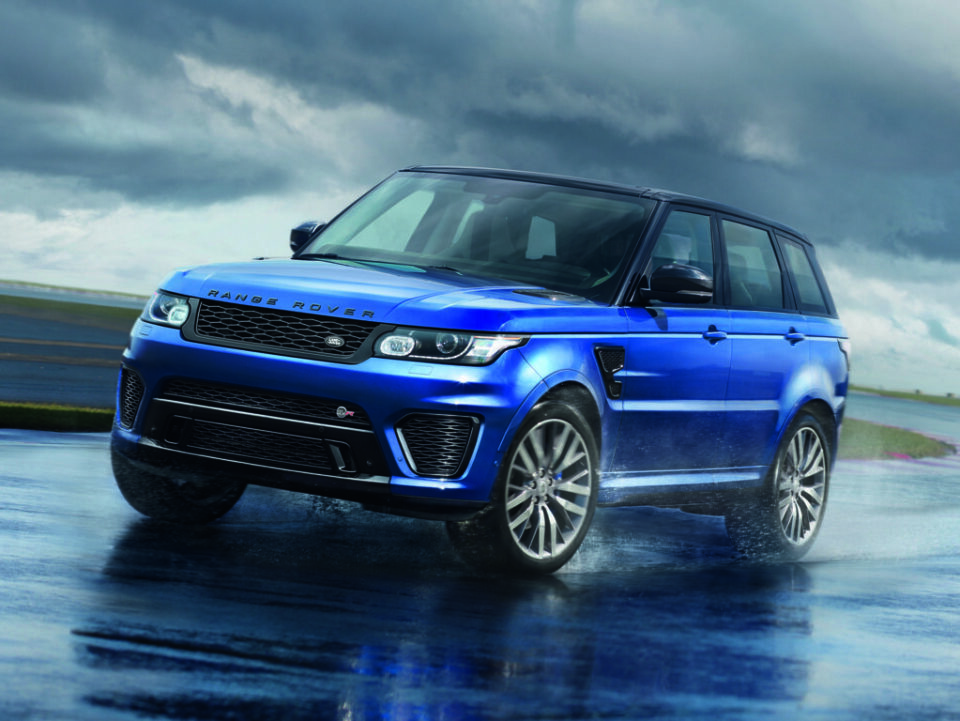
A few months after the debut of the version intended for the general public, the English brand unveiled the Sport SVR. The SVR is an extreme version that goes from 0 to 100km/h in 4,5 seconds thanks to a 550HP and 680NM engine combined with an 8-speed ZF automatic transmission. This version also adopts new alloy wheels and super sports tires made by Continental. In 2017, the SVR was updated to reach 575HP of power, but its effective performance remained the same. In 2019, the HST was also released, a 400HP Mild-Hybrid that combines a small electric motor with a 3.0 V6 petrol inherited from the standard Range Rover Sport. Codenamed P400, the HST reaches 100km/h in 6,2 seconds.
Our vote: ⭐⭐⭐⭐️ (4/5)
